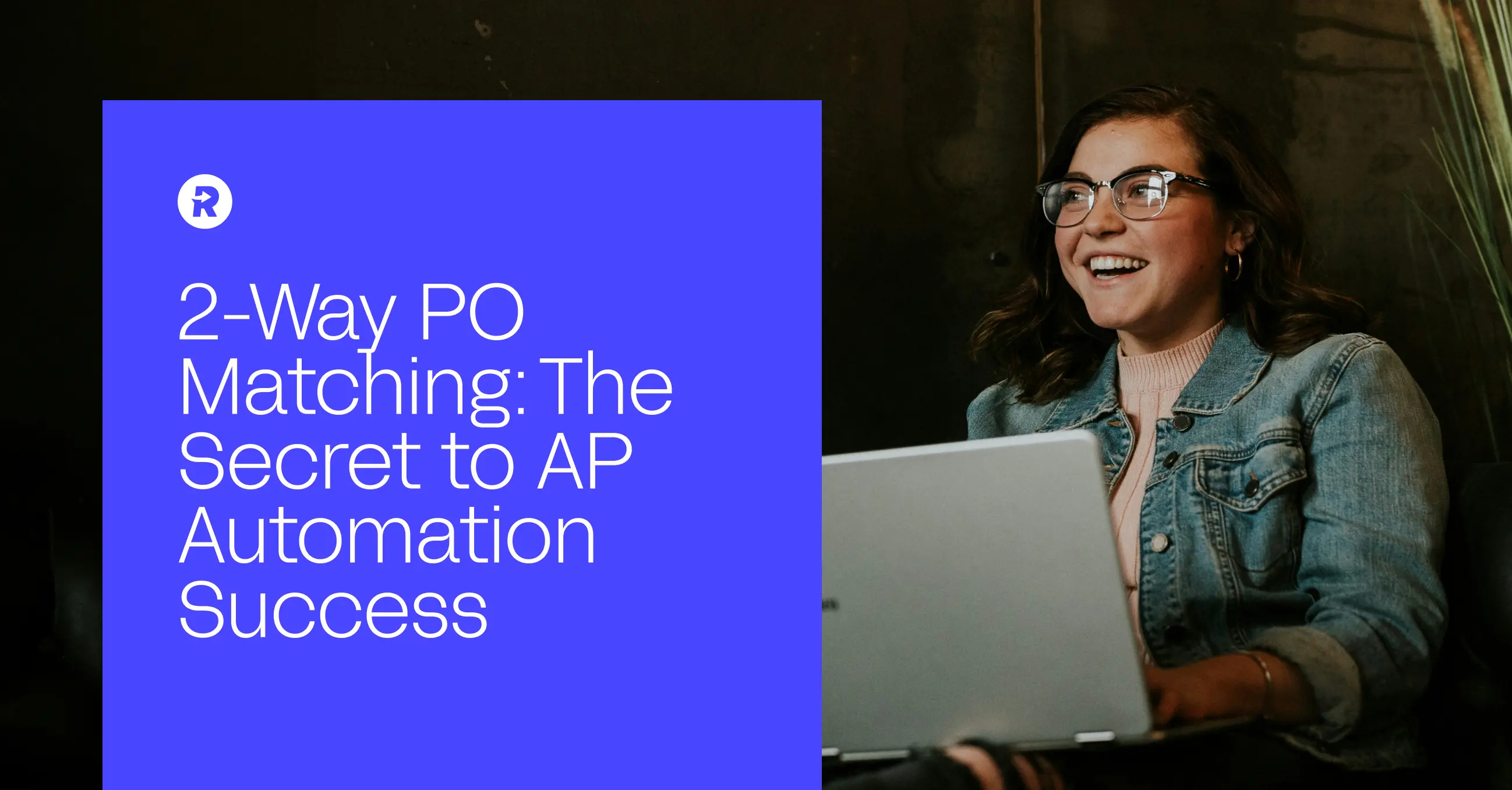Manual data entry is one of the most time consuming and mundane tasks for accounts payable (AP) teams, yet it’s a problem most accounting departments struggle with. According to a survey by the Institute of Financial Operations & Leadership (IFOL), 80% of finance teams said they spent at least 6 hours a week on manual data entry, and 50% said it was more than 10 hours. This means roughly one full day of a traditional 40 hour work week is spent manually transferring data from point A to point B. This doesn’t factor in human error, data error, or discrepancies that could further delay the AP process. Accurately inputting this data is incredibly important, but it doesn’t need to take 20% of your team’s time. This is where automation and AI come into play.
Automation is helping finance teams slash the time spent on data entry in a way that has never previously been done. Specifically, Routable’s invoice automation features include optical character recognition (OCR) data capture and AI-powered predictive bill coding to create a truly touchless invoice processing experience.
Now you may be familiar with traditional OCR, and your organization may already use AI to help automate certain AP processes. But if the phrase “predictive bill coding” isn’t ringing any bells, that’s okay! Read ahead to better understand what predictive bill coding is, how Routable’s trainable OCR is different from traditional OCR, and how automation is eliminating over half of the time AP teams spend manually entering data.
What is predictive bill coding?
Predictive bill coding is a process that uses machine learning to suggest fields that typically aren’t included in the invoice, but need to be included on the bill. Previously a person would manually input the codes, but now the process is done automatically via machine learning. Machine learning looks at all of your past bill data to better understand the context of the bill and can suggest fields based on inferences. As the technology gets more data, it will get better at predicting bill codes. This means AP professionals simply upload an invoice, check that the predicted bill codes are accurate, and save the bill.
You may think you have a software that is already doing predictive bill coding because it’s remembering previously entered data and suggesting it automatically. That’s an autofill feature many softwares have. It can save time if the data is remembered correctly, and if the invoice layout stays exactly the same. That’s a lot of ifs. The complexity and context of invoices can affect the accuracy of the auto-filled data, because the autofill software is not actually understanding the data. You may also feel some skepticism around OCR technology in general because for a long time OCR hasn’t actually done what it claims it can do. Let’s get really clear about what we mean when we refer to trainable OCR.
Traditional OCR vs. Routable’s trainable OCR
Traditional OCR technology
Traditional OCR is the process where computer systems read text from a digital file (e.g. a PDF) and convert it into editable data. Accounting teams use OCR to extract data from invoices like vendor name, due date, amounts, and descriptions. The problem with traditional OCR is it tends to lack flexibility and cannot process complex invoice layouts. Instead of extracting 10 pieces of crucial data, it may have picked up three. There’s no way to train the system on incorrect or missing data extractions. This is incredibly frustrating for AP teams and leaves a lot of work behind that can slow down the team.
Routable’s trainable OCR technology
Routable’s trainable OCR also pulls text from digital files and converts it to edible data, but it learns from your manual corrections and immediately applies them to future invoices from the same vendor. This creates a continuous feedback loop that improves accuracy without needing developer input. Now the 10 pieces of crucial data needed were actually extracted. This will save your AP team time on data entry for values already listed on the invoice.
How Routable’s trainable OCR and predictive bill coding technologies work together
So we’ve established OCR’s job is to take the invoice information at face value and accurately pull in data. Predictive bill coding goes further by automatically coding bill fields not explicitly listed on the invoice. The technology makes an educated guess based on the historic data of all of your previous invoices. This is information you would have had to previously manually enter. Oh, and by the way, it’s operating with a 95% confidence minimum.
Once the codes are predicted by the system, your team just has to review the suggested entries. If any codes are incorrect, the AP team simply makes the corrections, and the system will learn from those manual changes to ultimately improve future predictions.
Data auto-filled with predictive bill coding includes:
- Line items (automatically categorized as inventory or expenses)
- ERP fields (Class, Department, Location, etc)
- Custom ERP fields and dimensions
“Predictive coding picks up where OCR leaves off. Routable continuously pushes the innovation envelope—and the newest AI features are no exception.”
The benefits of predictive bill coding
Save your team time
By simply uploading your invoice and letting AI handle the rest, you can cut down up to 60% of the time you spend on manually coding bills. This would give hours back to your AP team each week.
Improve accuracy
Predictive coding is designed to work for you. The model will learn over time when you make corrections, and the accuracy will improve with each invoice.
Increase team productivity
By eliminating the time spent manually coding, accounting teams have time to better prepare for internal audits, collaborate with procurement and finance teams, and identify opportunities to improve AP processes overall.
Predictive bill coding is the latest innovation in accounts payable, bringing AP teams into a new era of invoice automation.
Ready to test out invoice automation and predictive bill coding yourself?
If you want to learn how Routable can automate your invoice processing, payments, vendor onboarding, approval, and compliance flows, schedule a demo with us.


